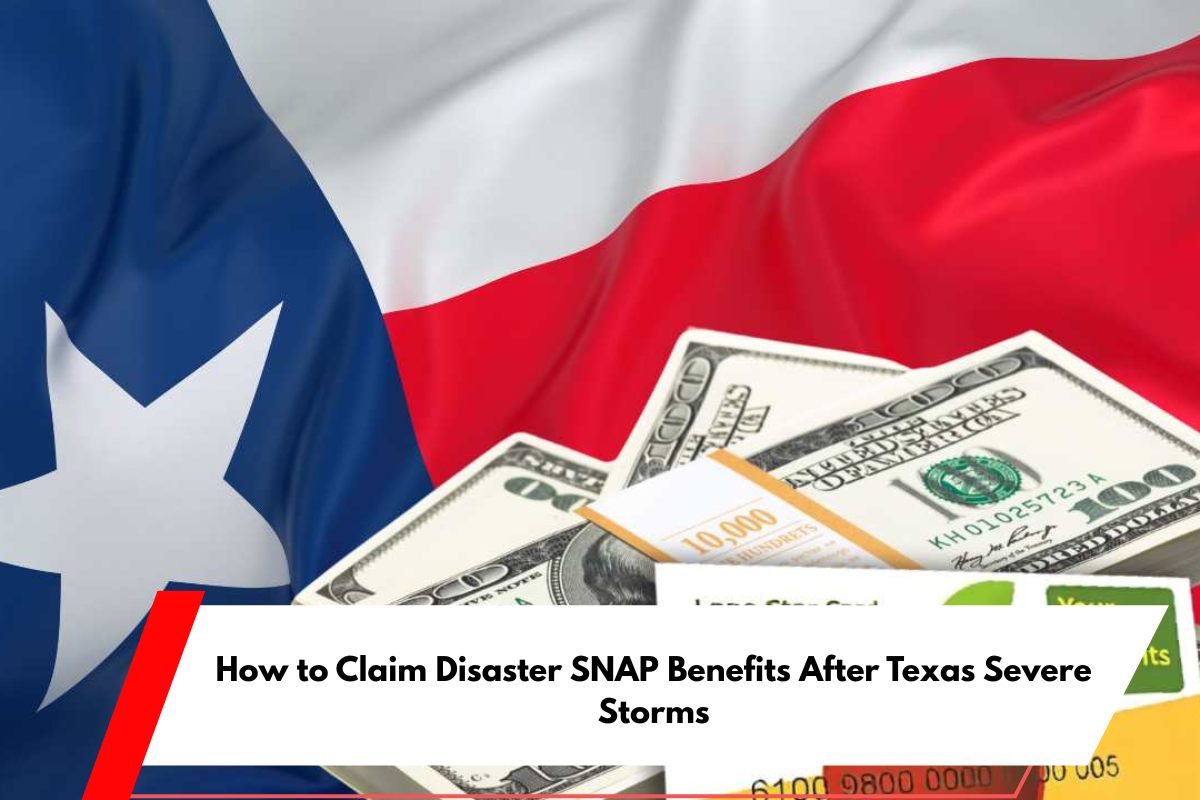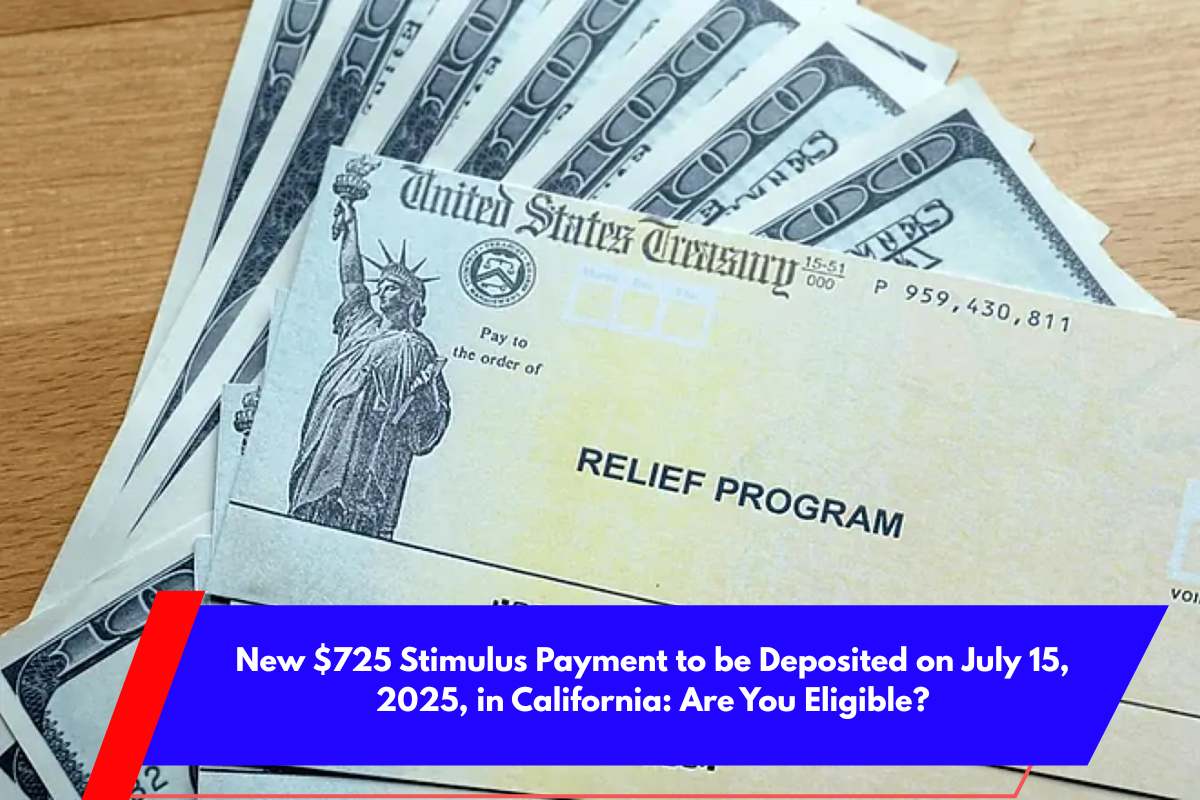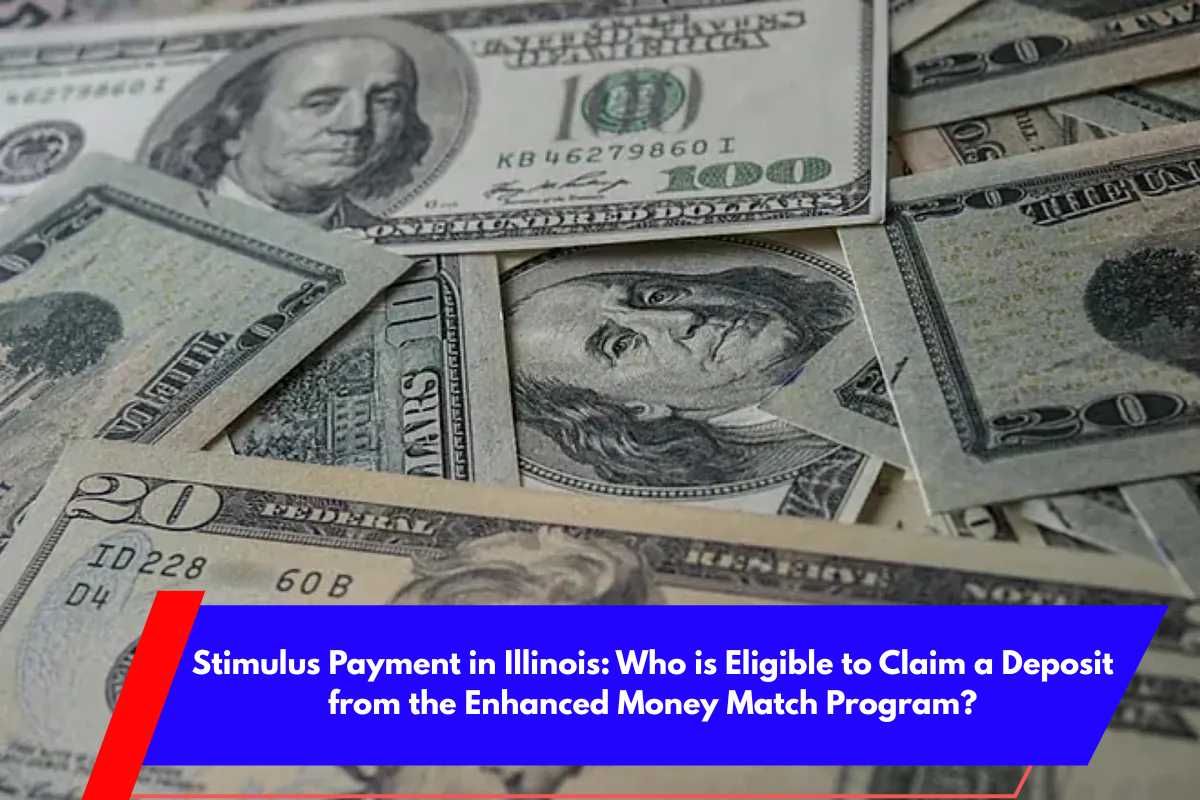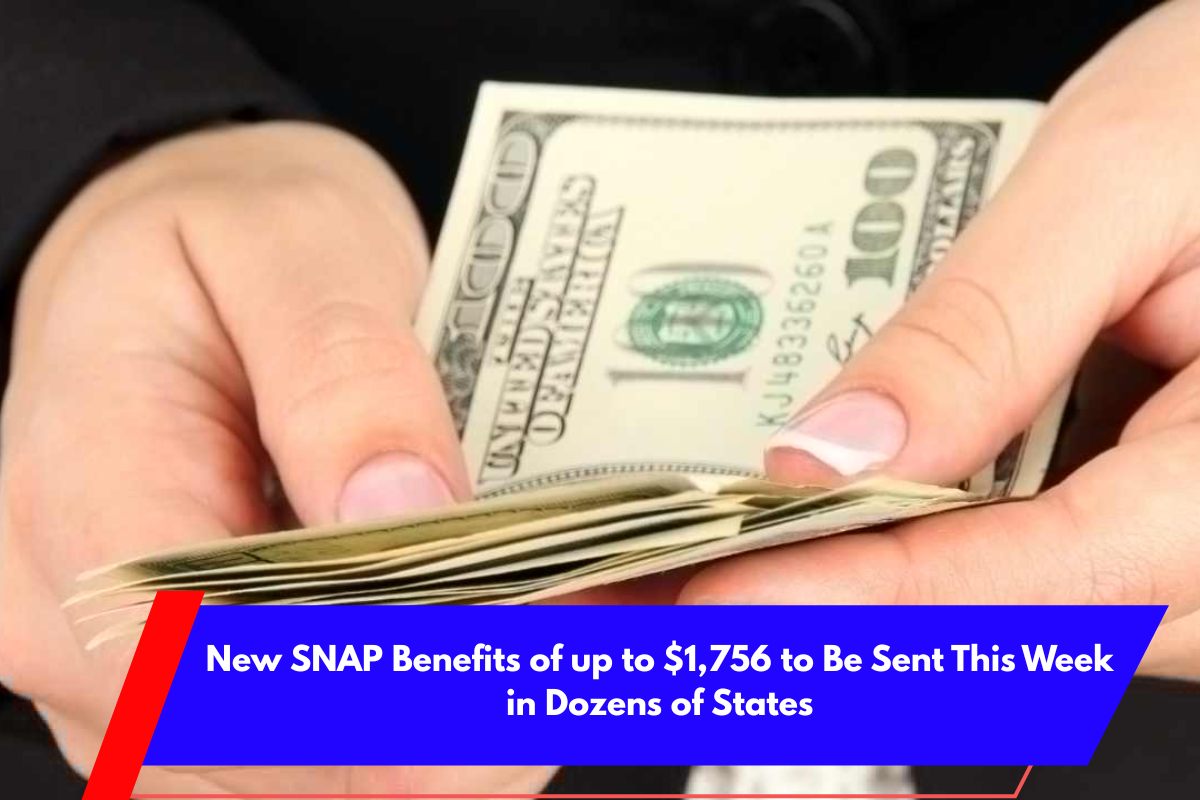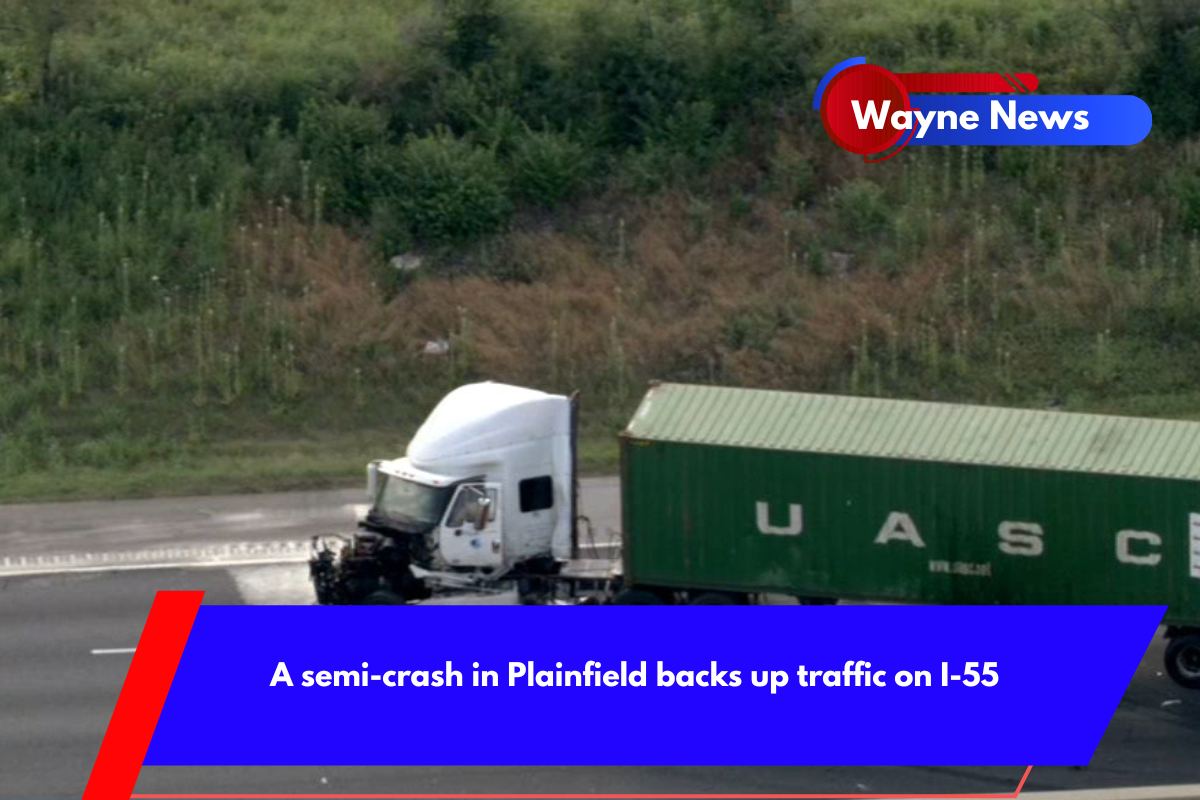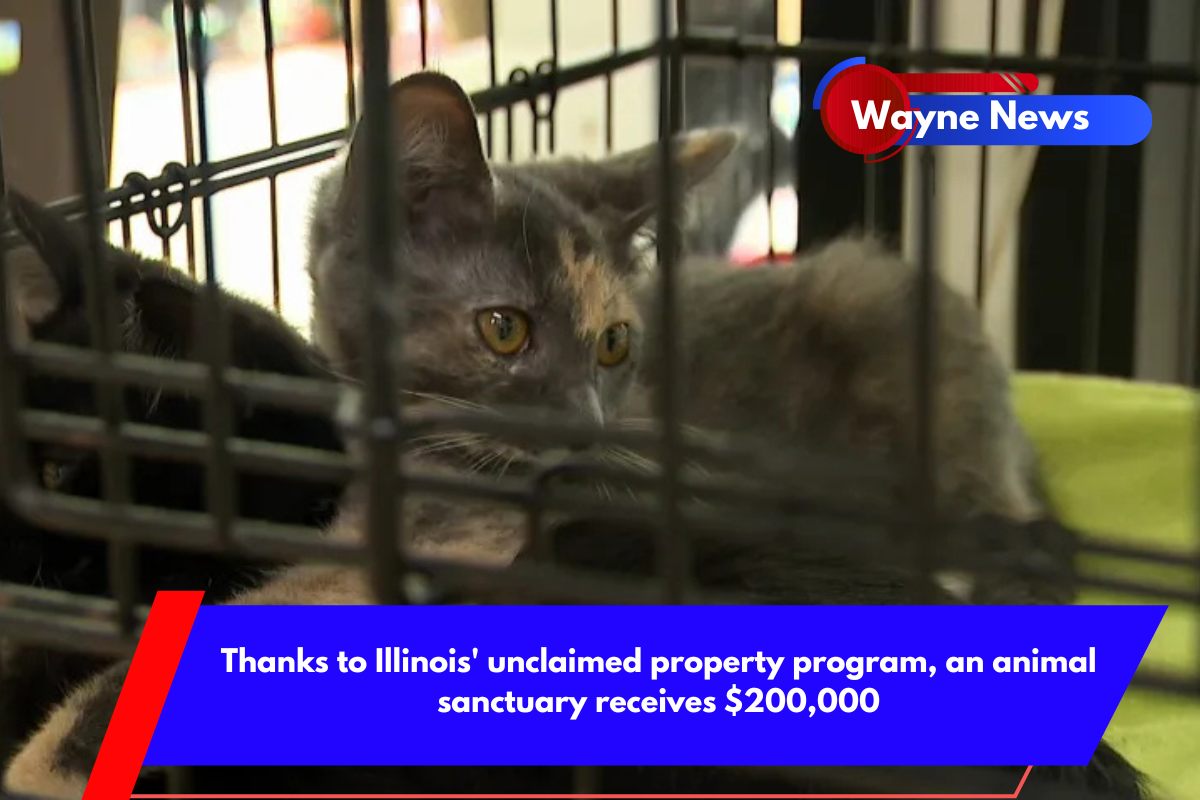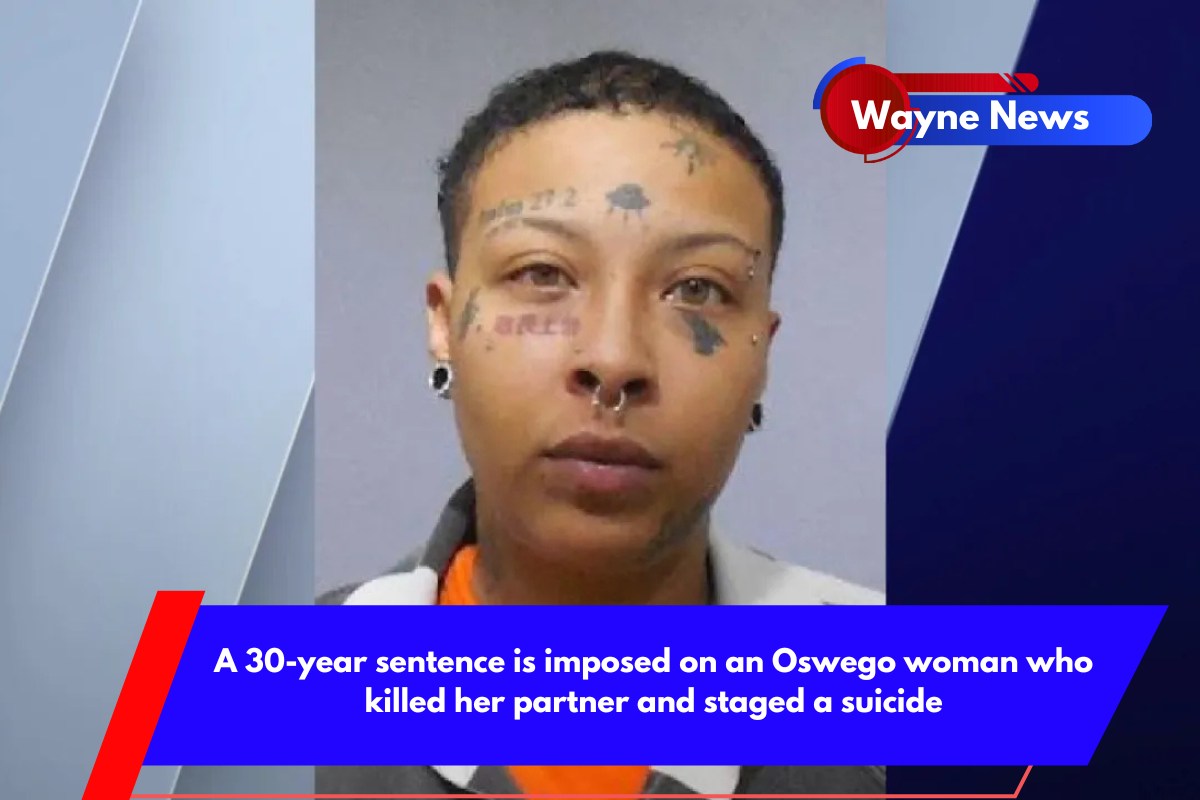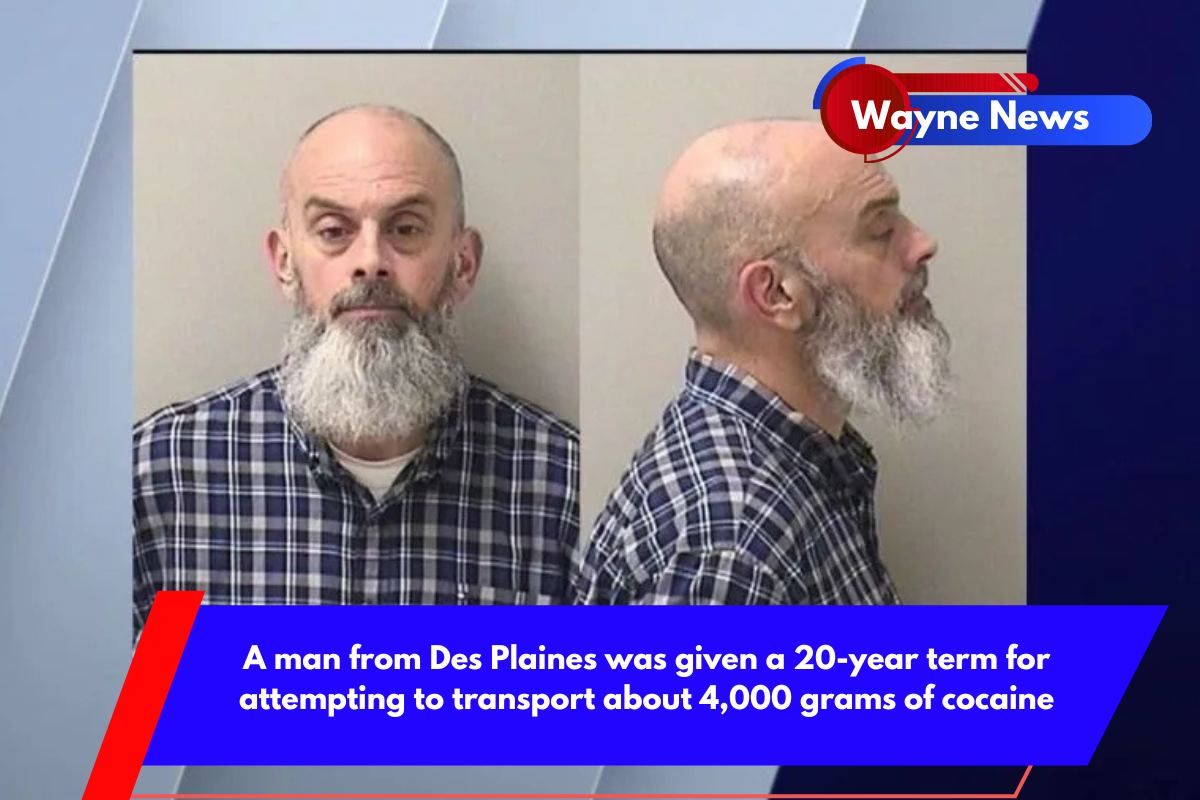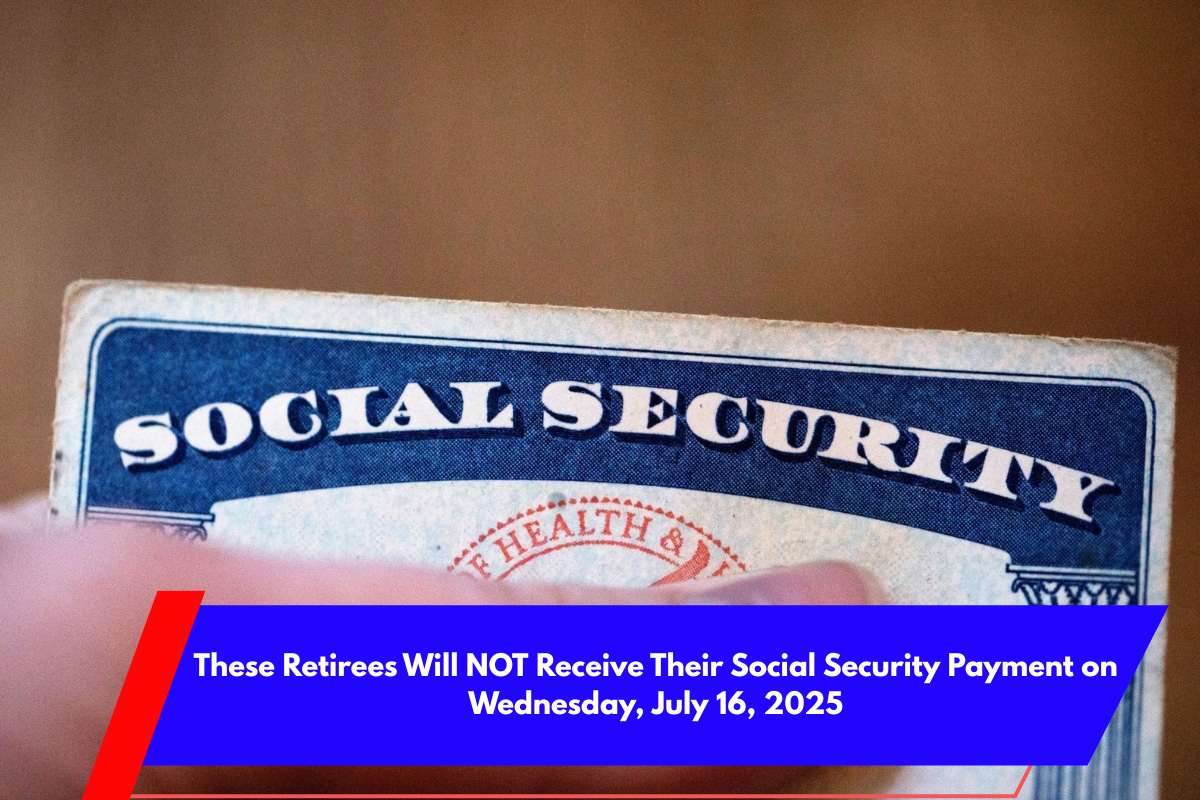Texas has one of the largest Supplemental Nutrition Assistance Program (SNAP) systems in the United States, providing food assistance to millions of people. When extreme weather events strike, the state activates the Disaster SNAP (D-SNAP) program, offering emergency food assistance to those affected.
With the recent severe storms and flooding in Texas, many families are in need of additional support, and D-SNAP benefits may be a critical lifeline for those affected by these disasters.
Texas Storms and the Need for D-SNAP Benefits
Between July 4 and 5, 2025, the remnants of Hurricane Barry brought between 5 and 15 inches of rain to the Hill Country, triggering flash floods. The Guadalupe River rose by up to 29 feet in just a few hours, causing widespread destruction in counties such as Kerr, Travis, and Kendall. Governor Greg Abbott declared a state and federal disaster in 20 counties, activating the initial steps for emergency response.
While FEMA works to assess the damage, many survivors are now looking for help with food assistance. D-SNAP benefits can provide much-needed support to individuals and families, but the program has not yet been formally activated. Once activated, D-SNAP provides emergency food assistance to eligible households who have been impacted by the disaster.
How D-SNAP Benefits Work
The Disaster Supplemental Nutrition Assistance Program (D-SNAP) is a federal-state program that provides temporary food assistance to people affected by disasters. D-SNAP is activated after a disaster is declared and requires the following steps:
A Presidential Declaration of individual disaster assistance.
Issuance of Individual Assistance (IA) by FEMA.
A formal request from the Texas Health and Human Services Commission (HHSC) to the USDA’s Food and Nutrition Service (FNS).
Texas has already initiated the process for activating D-SNAP benefits, but approval has not yet been confirmed. Once activated, D-SNAP benefits will provide emergency food assistance to two main groups:
Households not currently receiving SNAP: These households must reside in a declared disaster area and prove they have been directly impacted by the disaster (such as through photos or receipts). They must also meet the adjusted income criteria.
Current SNAP recipients: Households who are already receiving SNAP but have lost food due to the disaster or whose SNAP benefits are below the monthly maximum will also be eligible for additional assistance.
Who Qualifies for D-SNAP Benefits?
Eligibility for D-SNAP depends on several factors. Here’s a breakdown of who qualifies:
Regular SNAP recipients: These are individuals or families who already receive SNAP benefits. To qualify for D-SNAP, they must prove that their monthly benefits were below the cap and that they lost food due to the disaster.
Non-SNAP recipients: These individuals must reside in a designated disaster area and meet certain income requirements. They will also need to provide evidence of how they were impacted by the disaster, such as through photos, receipts, or proof of damage.
For regular SNAP beneficiaries, the process for applying is relatively straightforward. Applications can be made through the YourTexasBenefits.com website or by calling 211 for assistance. The response time for applications is typically 30 days, but in emergencies, it is shortened to 7 days.
How to Apply for D-SNAP Benefits
When D-SNAP is activated, the application process will begin. You will need to follow these steps to claim the benefits:
Watch for official activation: Stay informed by following updates from Texas HHSC or FEMA. The activation of D-SNAP is contingent on the completion of the required steps by FEMA and the request from HHSC to USDA.
Check eligibility: If you are in a declared disaster area and meet the criteria for D-SNAP (either as a new applicant or a current SNAP recipient), you will need to gather necessary documents. This may include photos of damages, receipts, or other proof of disaster impact.
Visit designated application sites: Once D-SNAP is activated, visit local sites or online portals for instructions on how to apply. If you’re a non-SNAP recipient, you may need to provide income documentation and proof of disaster-related losses.
Receive benefits: If approved, your benefits will be issued to you via the Lone Star Card (Electronic Benefits Transfer, EBT). Emergency benefits are typically available for one month, and once your application is processed, the money will be available within approximately 72 hours.
Preparing for D-SNAP Activation
While D-SNAP benefits have not yet been officially activated in Texas, it is essential for affected families to stay updated on the activation status and prepare the necessary documentation. Once the program is in full swing, you can apply for assistance quickly to get the help you need.
Be sure to stay informed through official channels like Texas HHSC or FEMA for updates and application instructions. The faster you apply once D-SNAP is activated, the sooner you will have access to critical food assistance.
